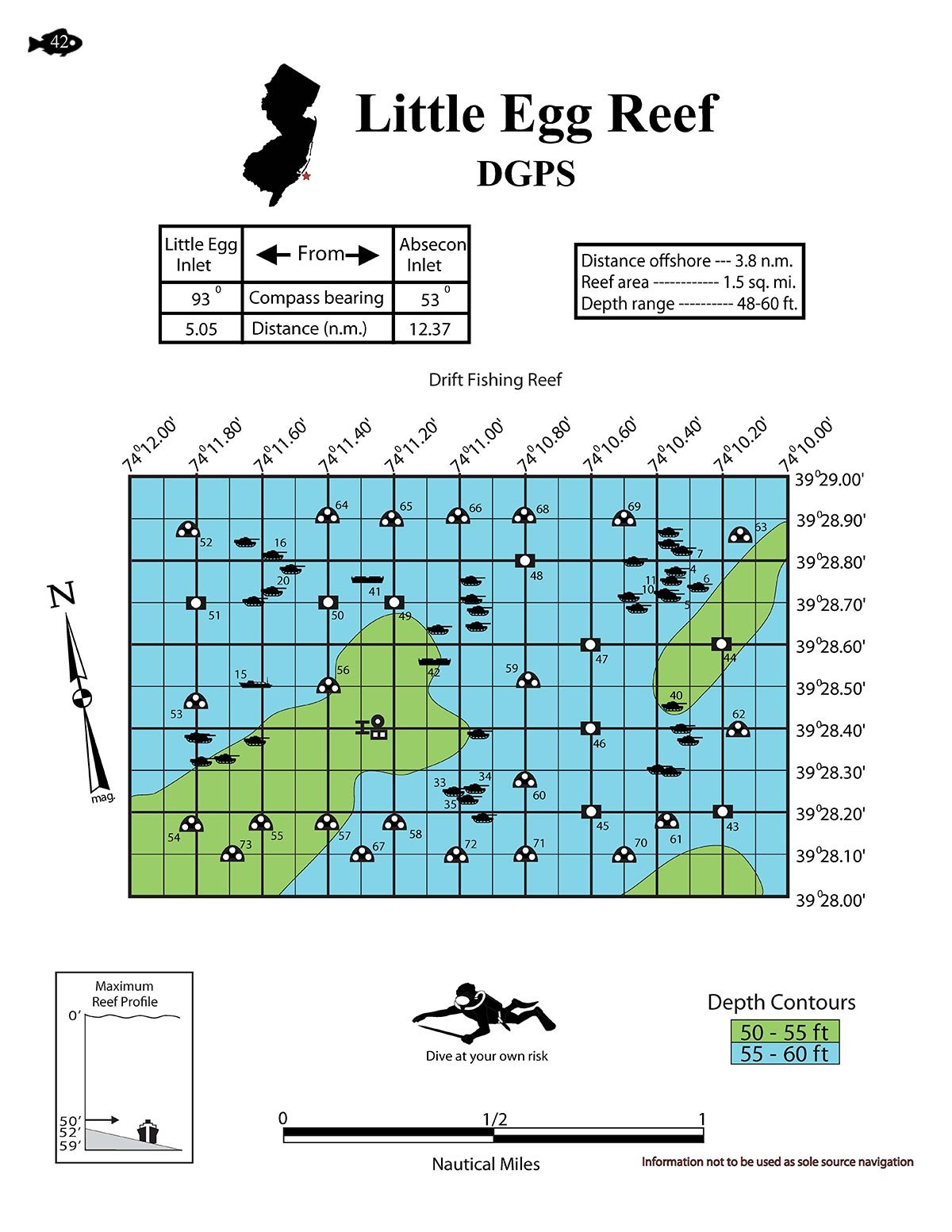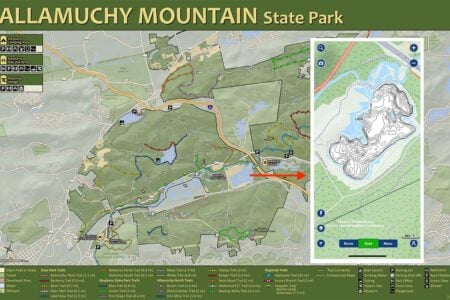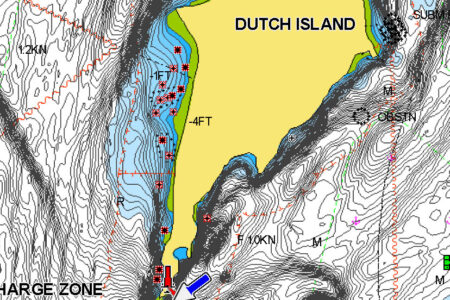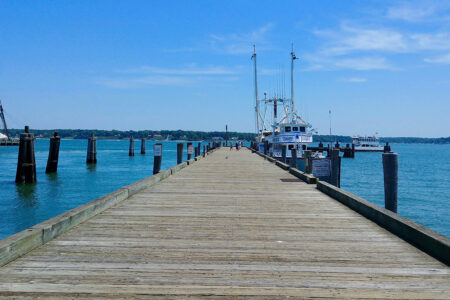The third largest spread in the artificial reef lineup at 1.5 square miles (surpassed only by the Atlantic City Reef at 4 square miles and the Cape May Reef at 4.5 square miles) the Little Egg Reef suffers from a paucity of structure and only a glancing interest by anglers who prefer the likes of the nearby bottom-littered Garden State South and Garden State North reefs.
That’s about to change and most likely has as you read this.
Scheduled sometime between July 25 and August 1 (sea conditions permitting), the Bureau of Marine Fisheries will deploy a 200-foot barge, a 50-foot push boat and a 50-foot crew boat to the cover-compromised Little Egg Reef which had not been graced with a drop since 2005. Before the aforementioned deployment, bottom structure included army tanks, concrete castings, a couple of deck barges, a crew boat and pods of reef balls.
Sounds decent, but in reality the reef was the leanest insofar as cubic feet of bottom structure was concerned. The football field length of cover from the most recent deployment will no doubt jump the Little Egg’s stock considerably…most likely as soon as next year. “The Little Egg Reef is a victim of a geography and frankly, a lack of sponsorship monies,” explained Peter Clarke, the bureau’s Artificial Reef Coordinator and hard core reef angler.
The reef area is shallow, with a depth range of 48 to 60 feet, and the restrictions regarding bottom relief and how close the deployed material can be from the surface all came into play insofar as what could serve as subsurface cover. “Just as important was the lack of funding for us to get more deployments approved and scheduled,” Clarke said, adding “These things (deployments) are expensive, and although a significant amount of the material is donated, there are ancillary costs, such as towing, to be considered to make the deployments happen.”
That’s all changed in a monumental way, fueled by the energy and optimism of the youngsters of the Beach Haven Charter Fishing Association’s (BJCFA_ Junior Mates Program.
“We had Bill Figley, who started the Artificial Reef Program back in 1984, come and give a talk to the Junior Mates class about the need for reefs, how they improve the fishing, and what’s involved. It was a cradle-to-grave presentations, and the junior mates took it to heart,” explained BHCFA rep and Insatiable skipper John Lewis. “They asked ‘What can we do to make a difference’, and here we are, two years later, making a major deployment to our home reef,” Capt. Lewis said.

Through a series of fundraisers and beyond-generous donations, as well as matching funds from the Ann E. Clark Foundation and the SportFishFund.Org, somewhere in the neighborhood of $140,000 was raised. For this deployment, it’s $50,000 of the funds raised by the Junior Mates program matched by $50,000 from the Ann E. Clark Foundation.
Added Pete Clarke, “Thanks to the work of all involved, the Little Egg Reef is going to be producing much better fishing opportunities in the years to come.”
As for the here and now, there’s no need to wait until next year for the fruits of the recent deployments, as the Little Egg Reef offers decent shots at fluke, blackfish, sea bass, triggerfish and porgies. In fact, according to Clarke, late July through August is a prime time for flatties, especially around the reef balls and concrete castings. Little Egg Reef offers a prime drifting site, with bucktail/Gulp during a slow pull and the likes of squid strips, small snapper blues or spot, or salmon bellies producing fillets when the drift speed is in the zone.
Sea bass and porgies will suspend above the tanks, with the 62-foot Southwick’s Wreck deck barge (3928.20/7410.20) and the 65-foot crew boat Jessie C. (3928.501/7411.631) particularly productive.
Tog love tanks, as a favorite forage, the blue mussel, readily adhere and establish feast-like populations. In addition, because of the close proximity of the crustacean-rich Mullica River ingression and inlet currents, crab life is rife, not only on the tanks but on the sunken vessels and around the reef balls as well. As such, the blackfish bite accelerates from crazy to positively insane from mid-October through November.
The 110-foot deck barge Waldorf (3928.755/7411.287) is known for its resident crab crunchers, more than a few in double digit weights. “It’s (the Waldorf) a go-to when it’s a one tog limit,” confided a spear gunner who requested anonymity.




